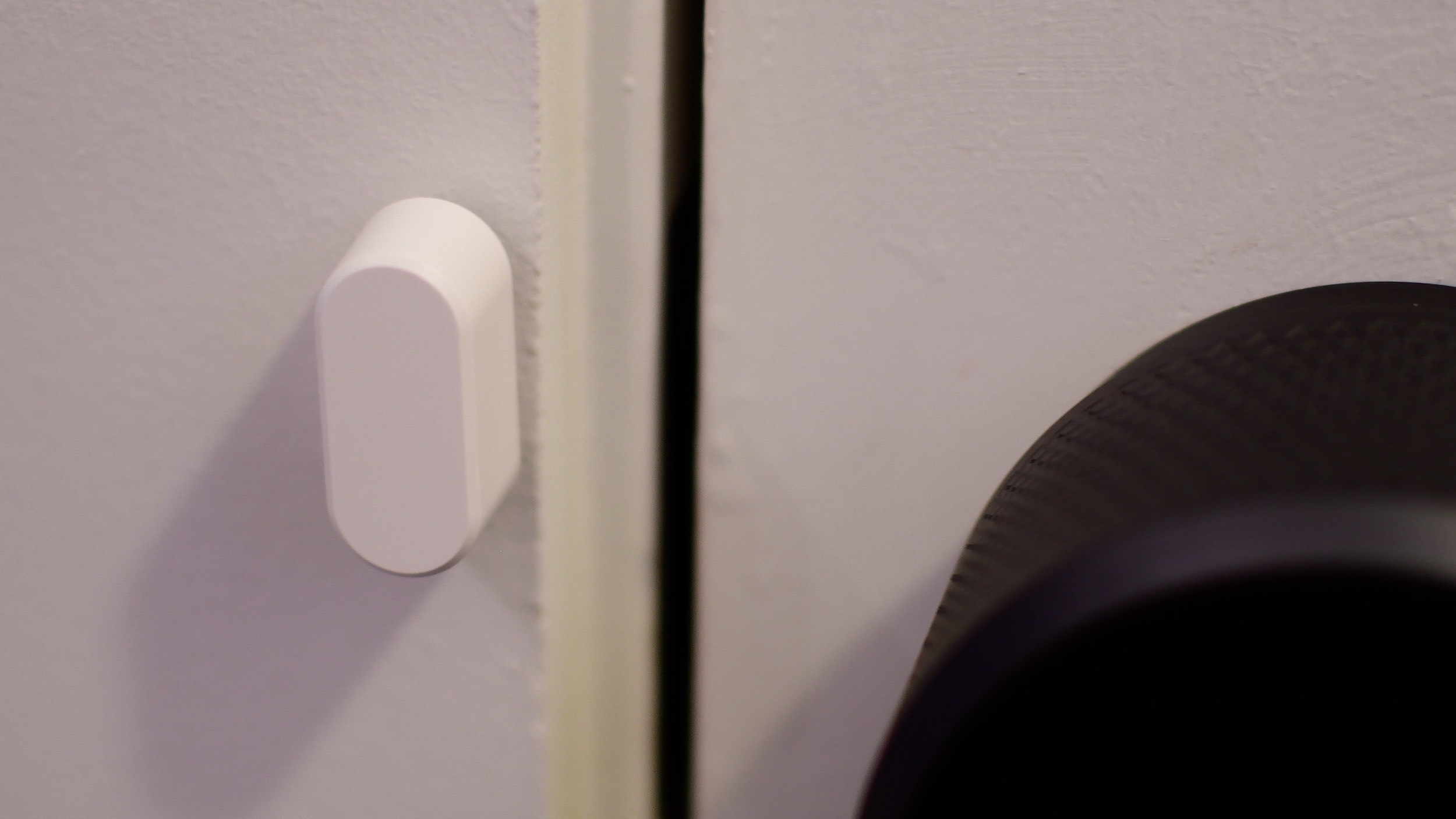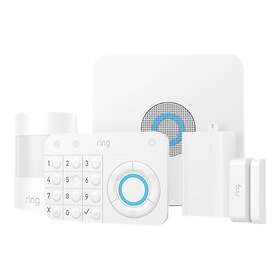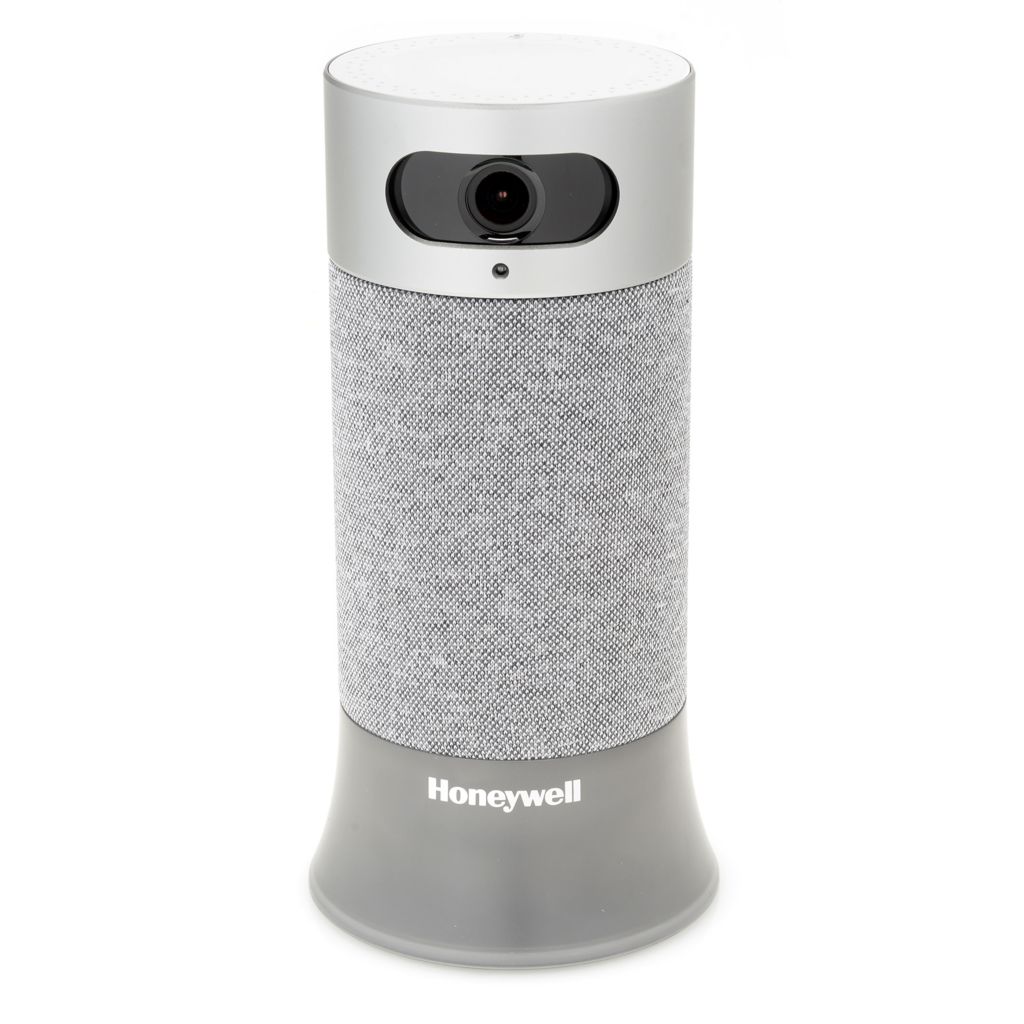
You will need to think about a few things before installing a hinged door screen. These factors include the materials and their function as well as how they are installed. These tips will help you get the most out of your new screen doors. You can learn more about installing a hinged screen door from this article. It will help prevent you from making common mistakes when installing a screendoor.
Installing a hinged screening door
A few important things to keep in mind when installing a hinged door screen. The first is to ensure the screen door's level. This ensures that the screen door won't be damaged by wind. Also, ensure that your screen door latch is correctly installed.
If you are using a pre-made hinged screen door, be sure to read the instructions. Some come with handles already installed, and you can use those to attach the hinges. Otherwise, you will need to drill pilot holes on the jamb and attach the hinges.

Materials
There are several materials that can work with hinged screens doors. Aluminum is the most popular type. Aluminum has a light profile and is easy to produce. Rollformed aluminum is another type. This is a sheet of aluminum with a screen channel. Rollformed aluminum screens are made of aluminum that is relatively strong due to their rectangular shape. Stainless 316, another popular material, is strong and lightweight but resists corrosion.
Standard hinged screens are typically attached behind or at the front of an external door. However, sliding or retractable screens might need tracks. A single exterior door costing $200 to $300 depends on the materials used. Vinyl and aluminum doors tend to be cheaper than wood doors.
Functions
Your screen door will open and close more easily if you select the right hinges. They will also extend the life of your door. There are many styles and functions available. Consider these important factors when choosing hinges. Handling is the orientation of the doorway relative to its locking mechanism. It is crucial that the handing match up. It is possible to make costly mistakes if the handing is not correct.
Installation
Preparing the door frame is the first step to installing a hinged screen doors. The screen door should be at least 3/8" from the doorjamb. Next, mark the locations of the hinge mounting screw holes with a pencil. Attach them using a screwgun. Finally, install the handle by pre-drilling two holes in the screen door frame.

Many screen doors come with hardware included for installation. It is important to make sure the kit includes hardware for installation. You may already be familiar with the process if you have installed a front doors.
FAQ
Do I really require a home security system?
If you own a home, you definitely need a home security system. Anytime, a burglar can break into your home without warning. They'll take anything they want, including expensive electronics and jewelry. And if you leave your doors unlocked, they could just walk away with everything.
Home security systems help you protect your home and notify you when something is happening. This includes monitoring motion, sending you alerts to mobile devices, recording activity, as well as allowing access to recorded footage.
You can use a DIY camera to replace a costly home security system. These cameras let you see who is at your door and give you notification when they come or go. These devices will not help stop intruders entering your home.
What is the best home security program?
ADT Pulse is the most widely used home security system.
Which home security system offers the most features?
Ring Video Doorbell Pro features the most of any home security system we reviewed. You can see who is at your door and talk to them via your phone. You can also record videos. It also comes with a free cloud storage service so you can save any recordings you make.
Motion sensors are equipped with alarms
These motion sensor alarms have been around for decades and have gained popularity because of the increasing number of thefts and break-ins. These devices can be too costly and do not work well inside cabinets. But if you want your home to be protected from intruders, a motion detector alarm system is worth looking at.
What is the distinction between surveillance cameras and security cameras?
Surveillance cameras may be used to monitor, but security cameras can also be used to protect.
Both types of cameras have their advantages and disadvantages. The main difference between them is the type of images they capture. Surveillance cameras capture video in slow motion so you can observe what's really happening. However, security cameras record only video and still photos, which can then be reviewed later.
Can I put in a security cam by myself?
Yes! If you know how to install an alarm system, you can do it yourself. If you don't want to do it yourself, then hire an expert who will be able to help you install it properly.
Which one is better: home security camera or home security system?
Home security systems can be more effective than home cameras as they can detect sound and movement even though no one is present in a room where the system has been installed. Home security cameras, on the other hand, are more affordable than home security systems and can be easily mounted on windows or doors.
Statistics
- (In my experience, the discount on my home insurance covered about 25 percent of the subscription of an average plan, but your mileage may vary depending on your location and the size of your home.) (theverge.com)
- Related questionsHome security systems that are 100% DIY (safewise.com)
- Cove sets you free without punishing penalties and fees, unlike other security solutions that charge 75% to 100% of your remaining contract. (safewise.com)
- Depending on your insurance, 24/7 professional monitoring may qualify you for as much as 15% off your premium. (safewise.com)
External Links
How To
How to Install Home Security Systems
A home security system is a device that monitors your property and alerts you if there's any activity. It could include a motion sensor or doorbell camera, smoke detectors, flood alarms, carbon monoxide detectors, burglar alarms, and flood alarms. A home security system is usually composed of one or several sensors (e.g. motion detectors), that send signals when there's movement or sound. The signals are then sent over to a control box where they are monitored and recorded. If there's something wrong, like someone breaking into your house, the control panel sends out an alert to your phone, tablet, computer, or voice assistant. You will immediately be notified and can take appropriate action.
It is important to choose the right type and size of sensors to fit your home before installing a security system. There are two types of sensors available: active and passive. Passive sensors don’t require batteries. They only pick up sounds, vibrations and other signals from their environment. They include things like doorbells, sirens, and buzzers. Active sensors transmit data using electricity. Cameras and motion sensors are two examples of active sensors.
There are many different brands of sensors available today. Each brand comes with its own pros and cons. Some sensors are waterproof, others are not. Some have built-in speakers that allow you to hear them outside. Some work only indoors. Some are simple, while others offer advanced features such as night vision.
After selecting the right sensors for your property and deciding on a manufacturer, you will want to make a selection. This will ensure that all your sensors work together. You will find many options in your local hardware store.
Once you've chosen a brand of sensors, you'll need to decide how many you want to buy. Depending on whether they live with family members or alone, most people purchase one or two sensors. However, if you plan to add additional sensors later, you might consider buying extra than you think you'll need now.
Next, decide where you want the sensors to go. Do you want them near doors and windows? Do you prefer to keep them away? Before you place them on your property, make sure that you have permission. You should also ensure that they don't interfere with electrical outlets or other property features.
You now know where to place your sensors. Now you need a way for them to be connected to your control panel. A power adapter or battery package may be required depending on your setup. Once you have everything set up, you'll be ready to monitor your property!